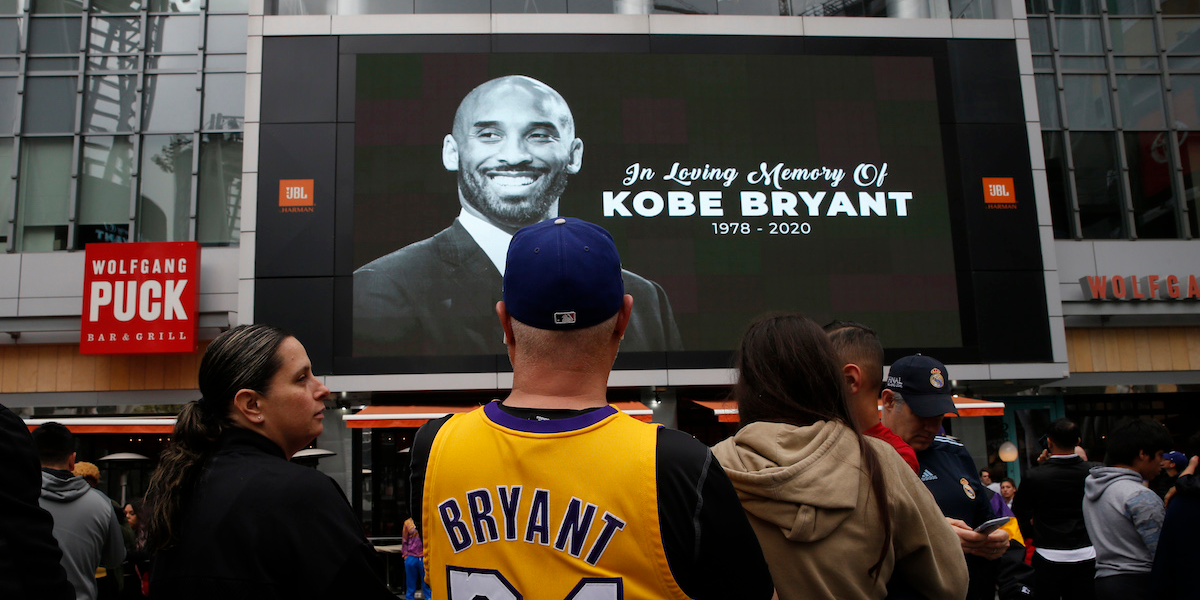- The NBA legend Kobe Bryant’s helicopter crashed on Sunday morning, killing Bryant, his daughter, and seven other people on board.
- The National Transportation Safety Board and the Federal Aviation Administration are investigating the crash.
- Here’s everything we know about the crash and the questions that remain.
- Visit Business Insider’s homepage for more.
The retired NBA star Kobe Bryant was killed in a helicopter crash in Calabasas, California, on Sunday morning.
His Sikorsky S-76 private helicopter, a model known for its safety record and VIP clients, crashed into a hillside after flying in heavy fog conditions about 9:45 a.m. local time.
All nine people on board – including Bryant’s daughter Gianna (known as Gigi), members of her basketball team, and John Altobelli, a baseball coach – died in the crash.
The National Transportation Safety Board and the Federal Aviation Administration are investigating the crash.
At a Tuesday briefing, NTSB member Jennifer Homendy said the helicopter did not have a terrain warning system that could have alerted the pilot of the hills below him. She added that the plane missed clearing a hill by 20 to 30 feet.
Investigators have recovered the remains of all nine victims. Four of the victims, including Bryant, were identified by the Los Angeles coroner's office on Tuesday.
Here's everything we know - and still don't know - about the crash.
Bryant; his 13-year-old daughter, Gianna; members of her basketball team; and their families boarded Bryant's private helicopter at Orange County's John Wayne Airport on Sunday morning.

The Bryants were likely coming from their home in Newport Beach. Gianna went to the private Harbor Day School in the region.

Christina Mauser, the school's girls basketball coach, was also on the helicopter.
All nine people on the flight were headed toward the Mamba Sports Academy in Thousand Oaks to attend his daughter's basketball game.

The plan was to land at Camarillo Airport, about a 20-minute drive from the sports academy. The helicopter had made almost exactly the same trip the day before, The Wall Street Journal reported.
The helicopter was a Sikorsky S-76, which Bryant used to avoid traffic between his house and Los Angeles, as well as to help teammates get to doctor appointments.
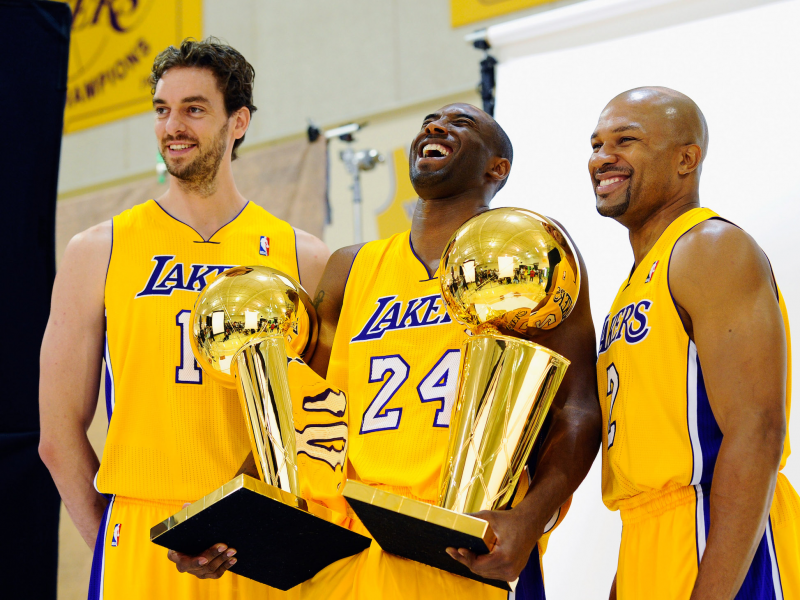
Source: Business Insider
The aircraft took off at 9:06 a.m. local time on Sunday. The pilot was Ara Zobayan, the same pilot who flew Bryant to his final Lakers game in 2016.

Kurt Deetz, another pilot who often flew Bryant to LA for games and practice, told The Journal that Zobayan was "an experienced pilot deeply familiar with the Los Angeles area."
Deetz added that only experienced pilots like Zobayan, an instrument-rated commercial pilot and flight instructor, would have been in the air in the conditions seen on Sunday.
The area had intense fog at the time — it was so bad that the Los Angeles Police Department grounded its helicopters that morning.
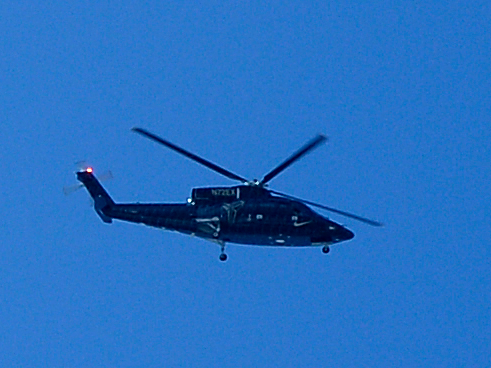
According to The Journal, the National Weather Service's local office "warned of a deep marine layer, low clouds and dense fog" that morning.
The YouTuber Jeffree Star posted videos of dense fog around his nearby mansion shortly before the crash.
As of Monday, the NTSB was still investigating if weather played a role and called on people to send in photos of the weather in the area so it could assess flying conditions on the day of the crash.
But Bryant's helicopter was given special permission to fly in the foggy weather.

Source: Business Insider
About 10 minutes into the flight, Burbank air-traffic control ordered the helicopter to hold because another helicopter was landing nearby. The pilot said he would circle over Glendale and await instruction.

Glendale is about 45 miles from John Wayne Airport and some 40 miles from Thousand Oaks.
According to The Journal, this was unusual because the helicopter typically hadn't ventured as far north as Glendale on previous flights between Orange County and Thousand Oaks.
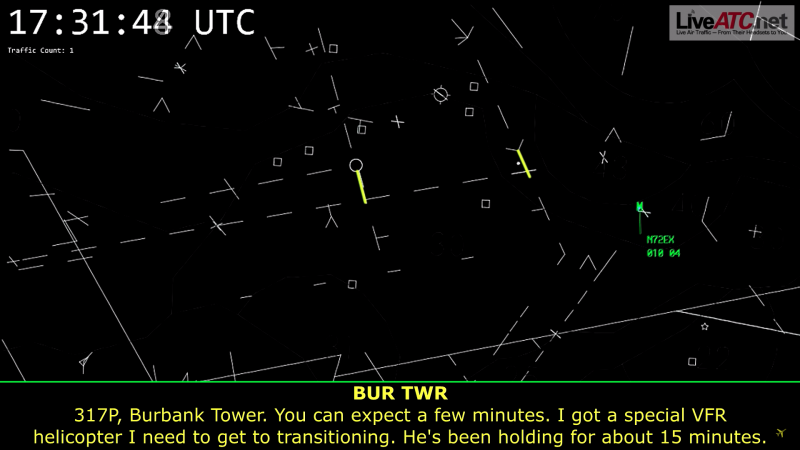
Source: The Wall Street Journal
The helicopter circled for 12 minutes while awaiting "special visual flight rules" clearance to continue on in the foggy conditions.

SVFR means a pilot can fly without relying solely on instrument-based navigation, according to CNN.
Under normal visual flight rules, or VFR, visibility is adequate for a pilot to stay oriented and navigate by visual cues, often used in conjunction with instruments. SVFR clearance can be requested when conditions deteriorate during a flight that was previously under VFR.
Under SVFR, a pilot typically remains in close contact with air-traffic controllers.
A little later in the flight, the pilot asked for "flight following," in which controllers would track the flight and be in regular contact. However, the pilot was told he was flying too low for radar coverage at one point, the NTSB said Monday.
Jennifer Homendy, an NTSB member, told reporters on Monday that the pilot, Zobayan, was "experienced" and had 8,200 hours of flight time.
Read more about VFR, SVFR, and another type of flight rules, instrument flight rules »
At 9:40 a.m., somewhere over the Granada Hills neighborhood, the helicopter changed its path and turned toward the mountainous Thousand Oaks.
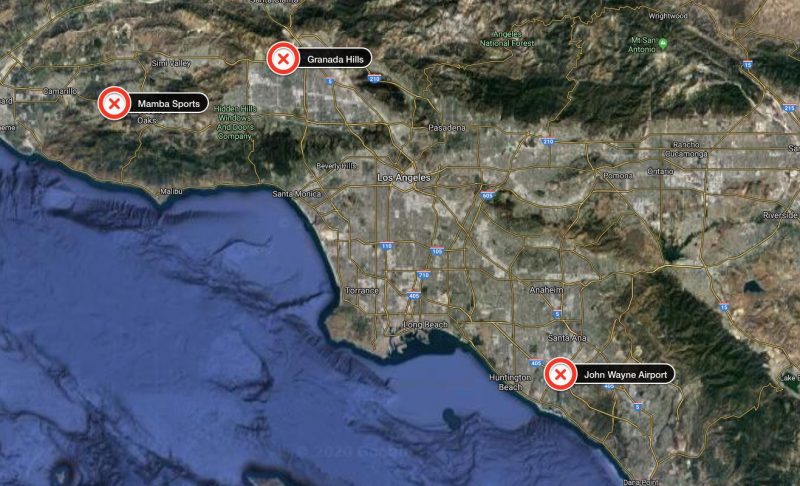
According to the NTSB, the helicopter climbed to about 2,300 feet to avoid a cloud layer shortly before starting a descending left turn.
Source: FlightRadar24
At 9:44 a.m., the helicopter was traveling above Highway 101 by Calabasas at 160 mph, according to the LA Times.

Source: LA Times
The pilot then climbed about 875 feet in less than one minute — slowing the helicopter's speed to 125 mph — then made a sharp left turn, the LA Times said. He appeared to have lost contact with air traffic control by this point.

The pilot had been ascending to avoid a cloud layer just before the helicopter crashed, the NTSB said Monday.
"Radar data indicates the helicopter climbed to 2,300 feet and then began a left descending turn," Homendy said.
Around 9:45 a.m., the helicopter crashed into a hilly area in Thousand Oaks at about 1,700 feet. It had been flying at about 153 knots, or 176 mph, according to FlightRadar24.

The last radar contact with the helicopter was around 9:45 a.m., consistent with the crash's location, according to the NTSB.
The helicopter was 11,000 pounds heavy, the LA Times said.
Source: FlightRadar24
This map shows the helicopter's flight path.
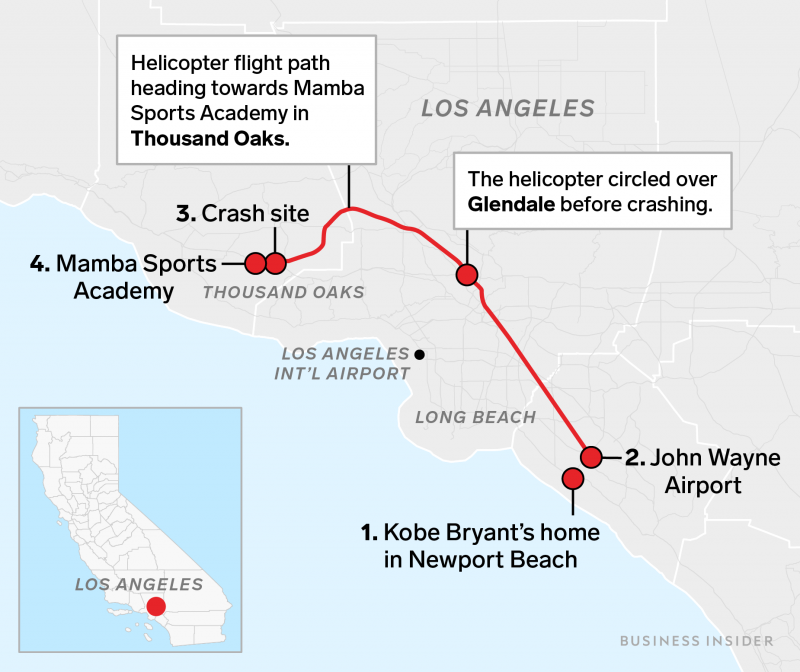
The NTSB said the helicopter's condition at the time of the crash was not yet clear. Pieces of the helicopter were scattered around the hillside, over about 500 to 600 feet, near the crash.
Source: Business Insider
The crash was a "high energy impact crash," the NTSB said, adding that the helicopter missed clearing a hill by 20 to 30 feet.

Homendy told a Tuesday briefing that the descent rate of the aircraft was 2,000 feet per minute.
Source: Business Insider
Responders were called to the site at 9:47 a.m. The crash had ignited a brush fire over about a quarter-acre, the Los Angeles Times reported.

The helicopter would have had about 800 pounds of fuel on board at that time, Deetz, the pilot who had flown Bryant before, told the Times.
"That's enough to start a pretty big fire," Deetz told the newspaper.
Officials also shut down roads leading to the crash site because so many people were trying to approach it.
Los Angeles County Sheriff Alex Villanueva said on Monday that the department was protecting the area around the crash site to prevent trespassing.
There was no black box aboard the helicopter. The device, which records flight data and cockpit audio, was not required for the aircraft, the NTSB said.

However, the pilot did use an iPad, which the NTSB recovered.
Investigators are also looking for other electronics that were on board, Homendy said Monday.
Source: Business Insider
The aircraft was also missing a warning system that could have alerted the pilot to the hills below.
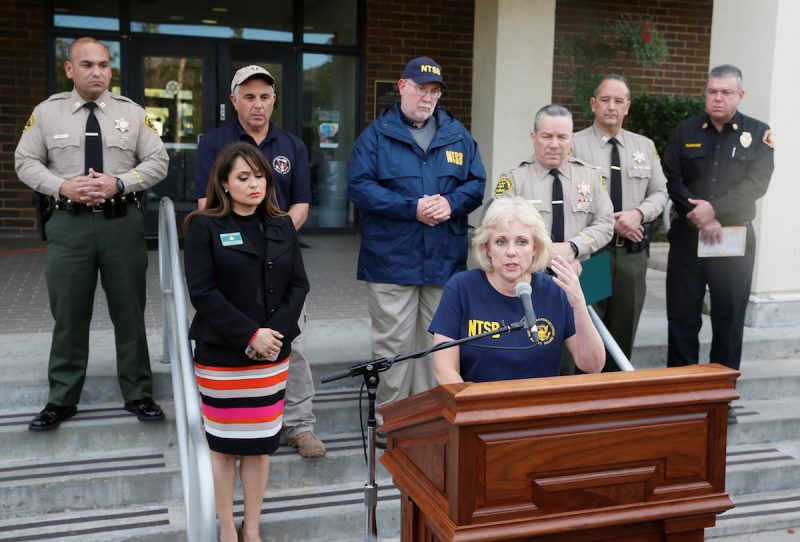
Homendy said Tuesday that the helicopter didn't have a terrain awareness warning system (TAWS), which provides terrain information to the pilot and prevents unintentional impacts with the ground.
The NTSB in 2006 called on the FAA to require all US-registered helicopters that carry at least six people to be equipped with the system, but according to Homendy they "failed to act."
According to The Wall Street Journal, the Sikorsky S-76 helicopter was rolled out before the FAA required TAWS on new aircraft.
LA authorities sealed off the surrounding roads immediately after the crash, but mourners, paparazzi, and "looky loos" kept coming. The LA sheriff has since dispatched officers to patrol on horseback and quad bikes.

The sheriff's office has also made it a misdemeanor to access the crash site without permission.
The LA County Coroner's Office said on Tuesday that all nine bodies had been recovered from the crash site.

The Los Angeles coroner's office announced that all nine bodies had been recovered from the crash site. Three of the bodies were recovered on Sunday afternoon and six others were removed on Monday.
All of the bodies were taken to the department's Forensic Science Center in order to positively identify the victims.
On Tuesday, four of the crash victims were identified, the department announced, including Kobe Bryant.
The other identified victims included: college baseball coach John Altobelli, 56, father of Gianna Bryant's basketball teammate Alyssa Altobelli, Sarah Chester, 45, and pilot Ara Zobayan, 50.
But questions remain about the crash. Why did Bryant's party fly despite the poor weather conditions? Whose decision was it to take off?
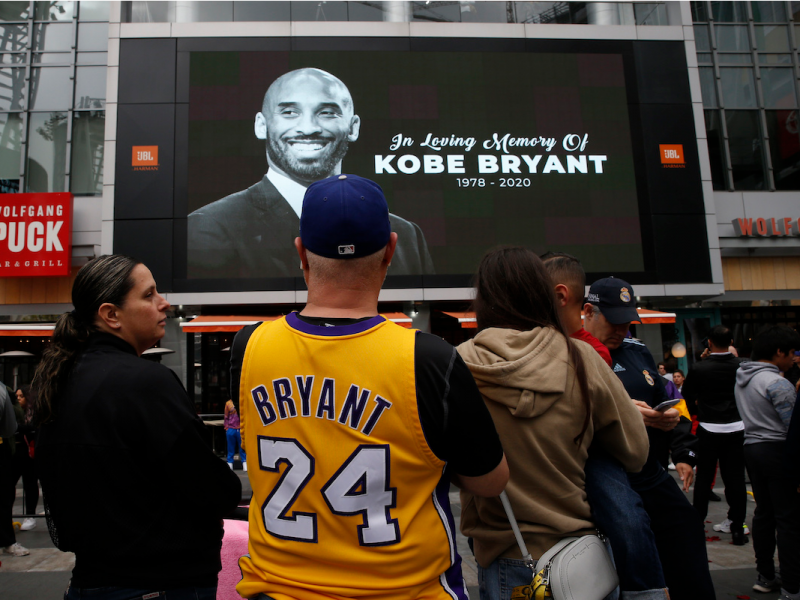
It was likely extremely hard to fly at the time.
At 9:51 a.m., minutes after the crash, the nearby Van Nuys Airport reported visibility of 2.5 miles with 80% relative humidity and a ceiling of 1,300 feet, as well as haze, The Washington Post reported.
The Journal said that while it was too early for definitive answers about what went wrong, safety experts said the "crash highlights two of the biggest issue causes of chopper accidents: low-altitude operations and pilot disorientation about nearby structures or terrain in low visibility."
Why did the plane fly toward Thousand Oaks in its last minutes? Was it going too fast?

Homendy told reporters on Monday that the speed of the aircraft is "still something we have to analyze as part of our investigation."
Was there anything wrong with the helicopter during the flight?
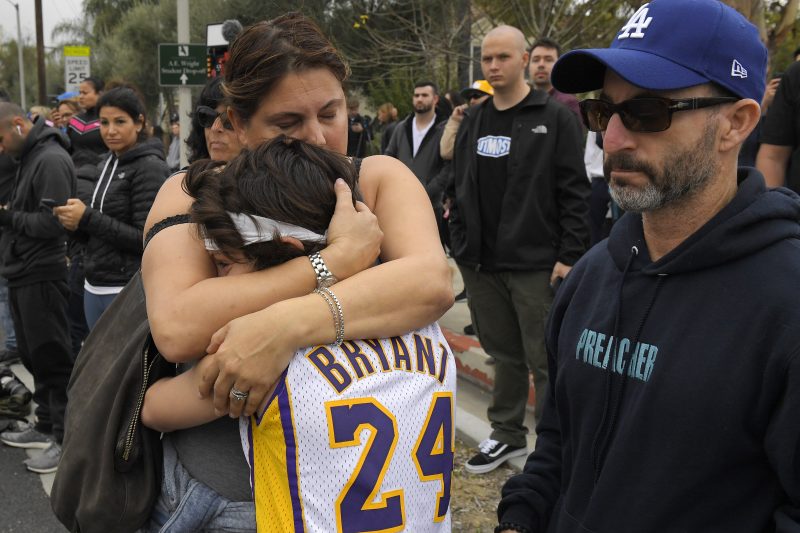
Experts said the crash was more likely caused by the bad weather.
"The likelihood of a catastrophic twin-engine failure on that aircraft - it just doesn't happen," Deetz told the Times.
The cause of the crash is still under investigation.

